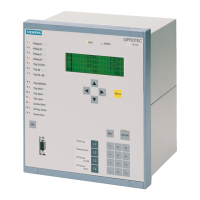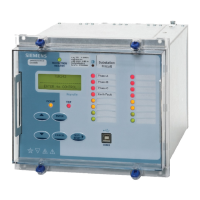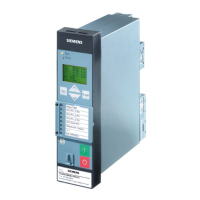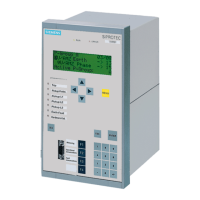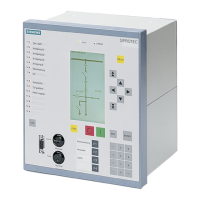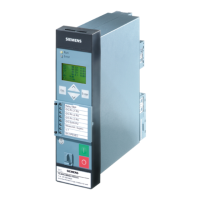7UT51 v3
Transformer Differential Protection (87T and 87HS)
4
PRIM-2330C 57
The 87HS pickup level should be set as low as
possible, but not so low that it will trip in the event of
an external fault causing unequal CT saturation. If
Z
is
the transfer impedance of the transformer, then a
bolted, through fault will result in a through current of
(1/
Z
)×
××
×
I
n
, where
I
n
is the rated nominal current of the
transformer. A setting of 75% of this value should
enable the 87HS function to trip for a fault on a
transformer terminal. For example, if
Z
is 10%, then 1/
Z
= 1/0.10 = 10, so the suggested setting is 0.75 ×
××
×10
= 7.5 (since the unit of this setting is
I
n
). This setting
should be set higher than the minimum 87T pickup
level (Address 1603).
Figure 4.9
Differential Protection Trip Characteristic when the Protected Object is a Transformer
4.4.3 Lower Slope of Pickup Characteristic
The lower sloped-segment of the trip characteristic
(Slope 1) deals with a differential current resulting from
transformation errors in the CTs, the current inputs of
the relay, or from the position of the tap changer of the
voltage regulator. The baseline intercept of this
segment is the origin; its slope is entered
Address 1606.
1
2
3
4
1234567891011
Non-Operate Area
Through-Fault Restraint Area
( slope = 1/2 of 1606, left edge = 1618,
duration = 1617 )
Slope 1 (1606)
Slope 2 ( base point = 1607, slope = 1608 )
87HS Pickup
(1604)
7UT51
5
6
7
8
87T Min
(1603)
Operate Area
0
0
9
Restraining Current, ( in multiples of )I
rest
I
n
Differential Current, ( in multiples of )I
diff
I
n
I=
diff
I
rest
I
diff
II
12
I
rest
II
12
I
1
I
2
1606 87SLOPE 1
Slope of lower sloping segment of 87T
pickup characteristic (Slope 1). This segment
intercepts the horizontal axis at the origin.
Range: 0.10
–
0.50 (unitless ratio)
Default: 0.25

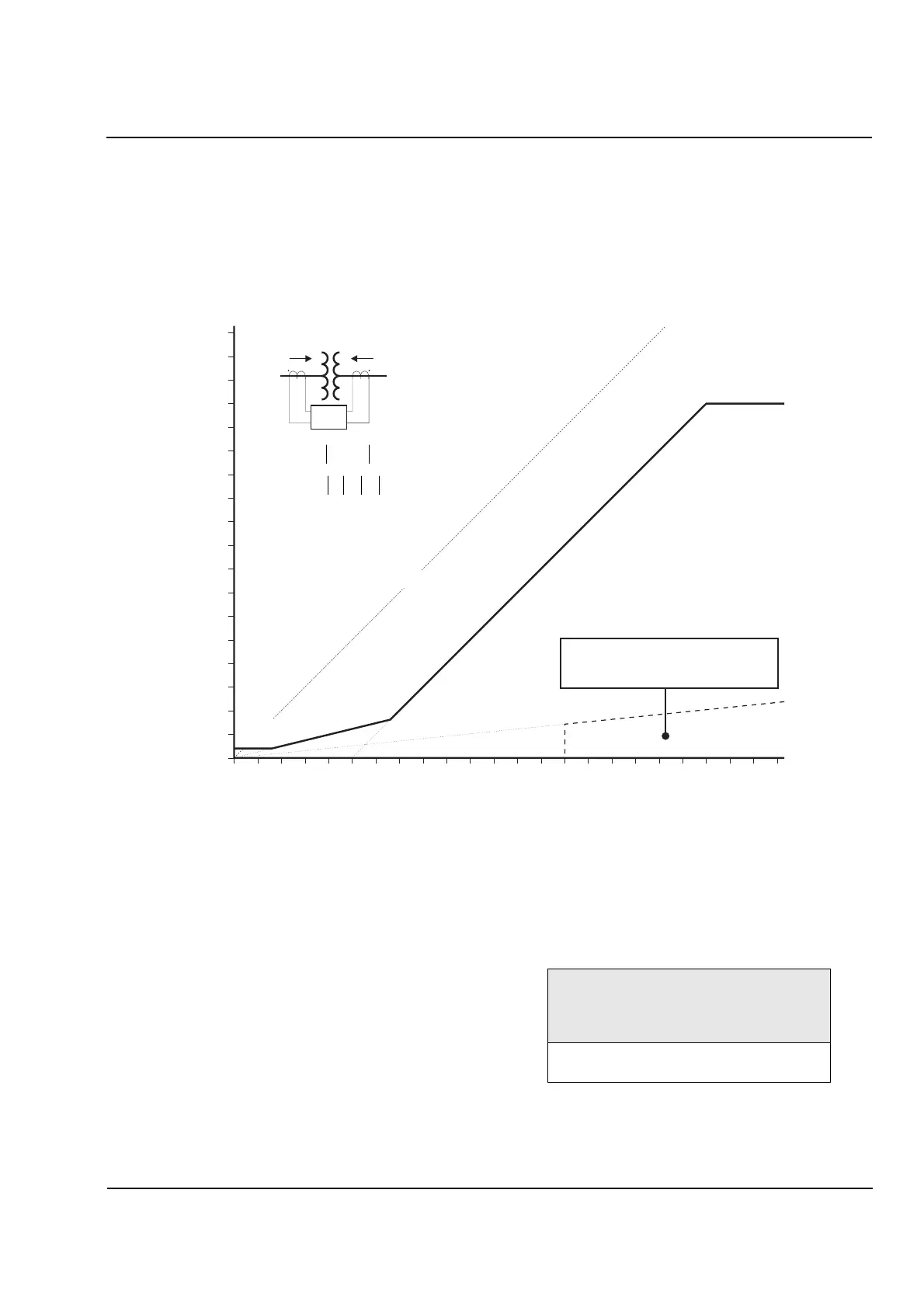